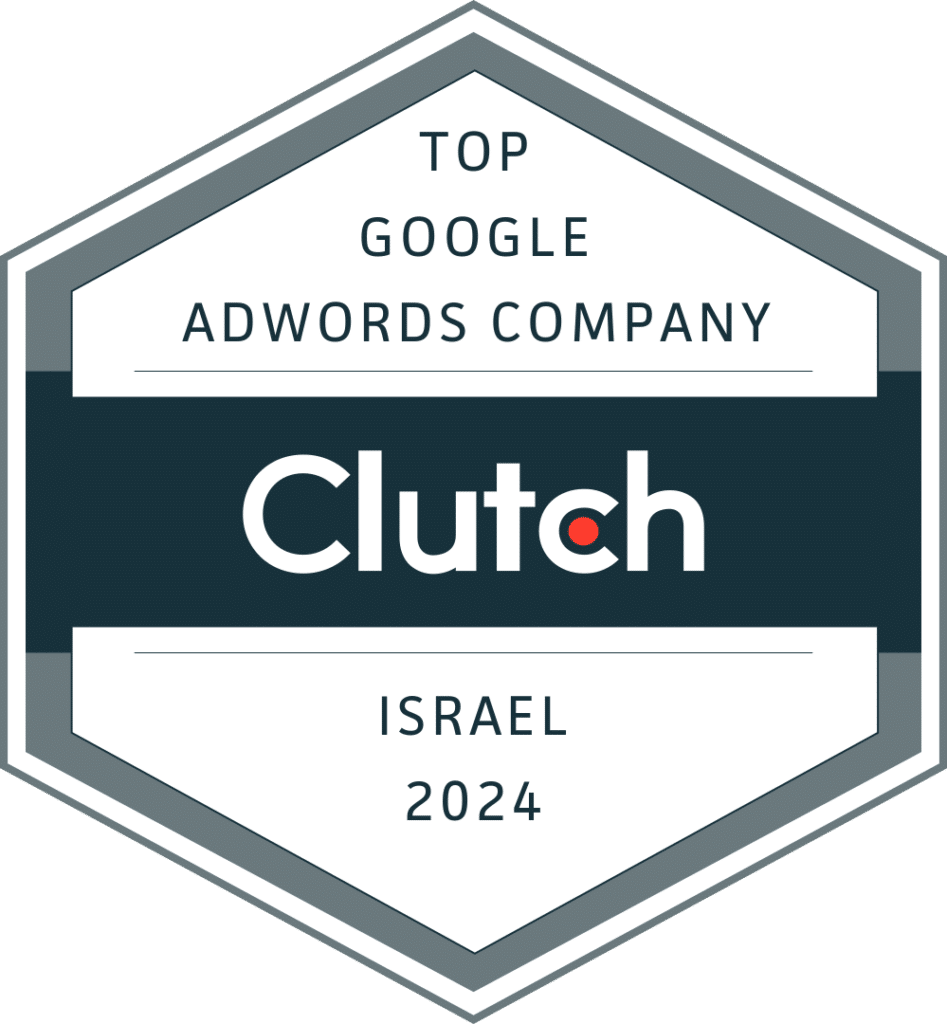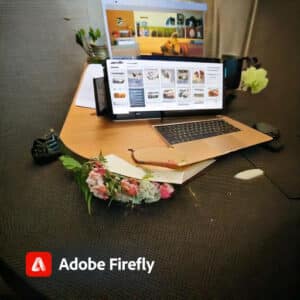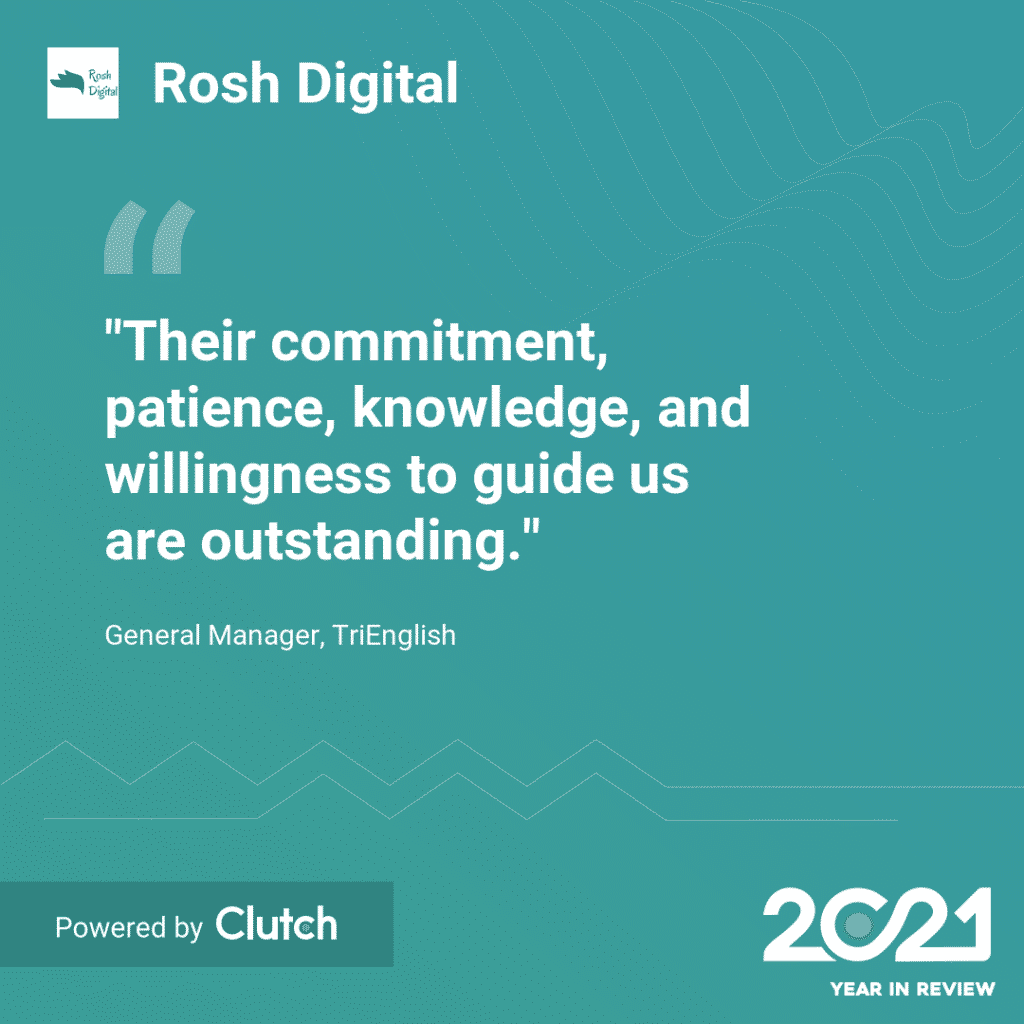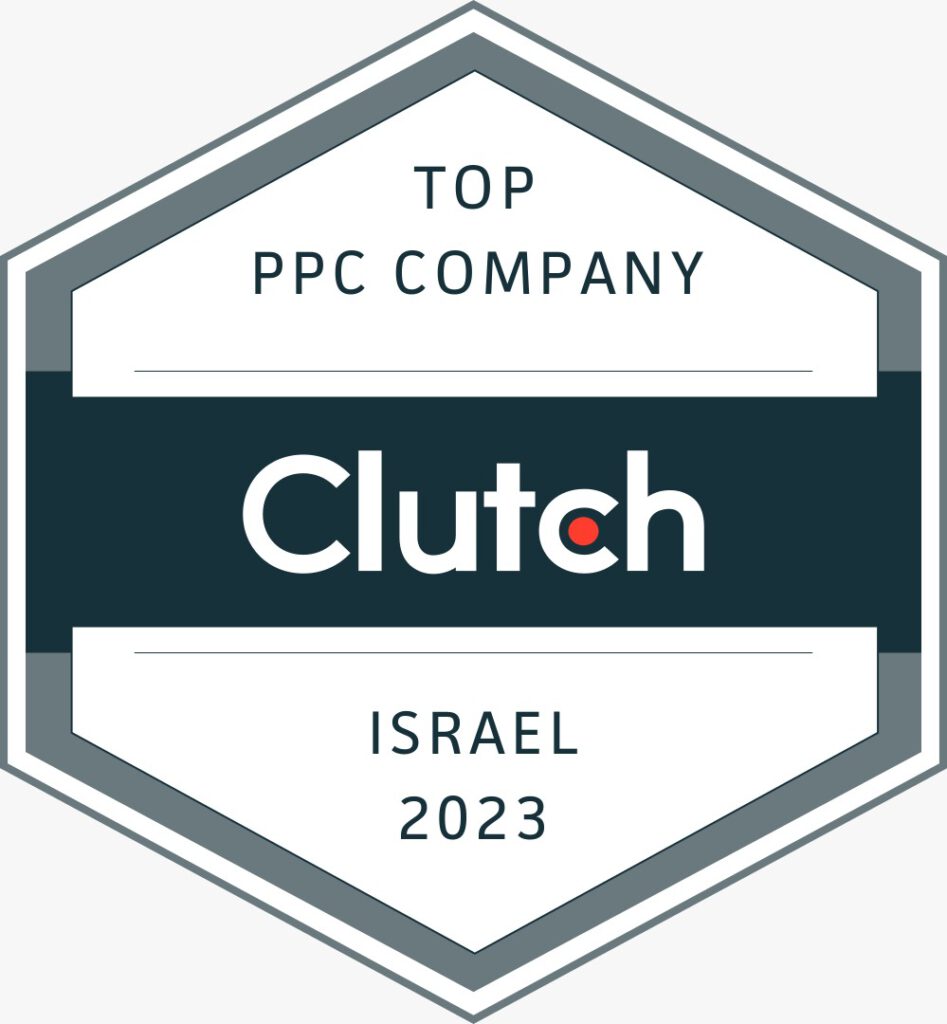In highly competitive markets, standing out with your landing page is essential for maximizing conversions and driving ROI from your PPC campaigns. When users click your ad, they should immediately feel they’ve found exactly what they need—and faster than the competition. This article covers best practices that will help your landing page outperform rivals and turn clicks into customers.
1. Align Your Message: Ad-to-Page Consistency
When someone clicks on your ad, the landing page must deliver on the promise made in the ad copy. The headline, offer, and visuals should closely match the user’s expectations to build trust and prevent them from bouncing.
Tips:
- Use Dynamic Keyword Insertion (DKI) to reflect the searcher’s exact query on your landing page.
- Ensure headlines and subheadings reflect the key phrases and messaging from your PPC ad.
💡 Example: If your ad says, “Affordable SEO Services,” the headline on the landing page should reinforce it with, “Affordable SEO Services for Fast Results.”
2. Highlight Your Unique Selling Proposition (USP)
Your landing page must clearly explain what makes your product or service stand out. In a competitive niche, focus on what you do better, faster, or more cost-effectively than others.
Strategies to Craft a Compelling USP:
- Showcase customer success stories, case studies, or unique data.
- Use comparative advantages (“50% faster than competitors”).
- Create urgency with limited-time offers or countdown timers.
💡 Example: “Get Ranked in 30 Days or Your Money Back – Limited Offer Until [Timer].”
3. Optimize for Speed and Mobile-Friendliness
Page load speed is critical. If your landing page takes more than 3 seconds to load, users may leave—especially in competitive niches where every second counts. Additionally, most PPC traffic comes from mobile devices, so a mobile-friendly design is non-negotiable.
Best Practices:
- Use tools like Google PageSpeed Insights to identify bottlenecks.
- Ensure a responsive design that adjusts seamlessly to all screen sizes.
- Compress images and minimize code to boost loading speed.
4. Use Laser-Focused CTAs (Call-to-Actions)
Your landing page should feature a clear and compelling CTA that’s prominently displayed above the fold. It should tell the user exactly what to do next and motivate them to take action.
Examples of Effective CTAs:
- “Claim Your Free Trial Now”
- “Schedule Your Consultation Today”
- “Get 20% Off – Act Now!”
💡 Tip: Use contrasting button colors and directional cues (like arrows or images) to make your CTA stand out.
5. Minimize Distractions and Keep the Focus Tight
In PPC landing pages, simplicity is key. Too many options or distractions can overwhelm the user and reduce conversions.
How to Keep the Page Clean and Focused:
- Remove navigation menus to prevent users from clicking away.
- Keep the content short and relevant—focus on the essentials needed to persuade the visitor.
- Use bullet points to communicate your value quickly.
💡 Pro Tip: Each landing page should have one primary goal. Don’t clutter it with multiple CTAs.
6. Leverage Social Proof and Trust Signals
People tend to trust what others recommend. Adding testimonials, case studies, and trust badges can make your landing page more persuasive.
Examples of Trust Elements to Include:
- Customer testimonials (video testimonials are especially effective).
- Trust badges like “Google Partner,” security certifications, or industry awards.
- Logos of well-known clients or partners.
💡 Example: “Trusted by 1,000+ Business Owners Worldwide | Certified Google Partner.”
7. Personalize Your Content for Different Audiences
Tailor your landing pages to specific audience segments or user behavior. Personalization can significantly improve engagement and conversion rates.
Tips for Personalization:
- Use dynamic content based on search intent or location.
- Create separate landing pages for different audience segments (e.g., B2B vs. B2C).
- Use retargeted ads to show personalized offers to returning users.
💡 Example: “Welcome Back! Complete Your Purchase and Get an Extra 10% Off.”
8. Incorporate Interactive Elements
Interactive features like quizzes, calculators, or live chat can engage users and increase time on page, which boosts the chances of conversion.
Ideas for Interactive Elements:
- Savings calculators: “See How Much You Can Save!”
- Product recommendation quizzes.
- Live chat support to answer questions in real-time.
9. Offer Guarantees and Risk-Free Trials
In competitive industries, consumers may hesitate to buy without reassurance. Money-back guarantees, free trials, or no-risk offers can reduce friction and increase trust.
💡 Example: “100% Satisfaction Guaranteed or Your Money Back.”
10. Use Visuals and Video to Communicate Quickly
Incorporate engaging visuals and short videos to convey your message faster than text alone. Visuals can help users quickly understand your offer and make a decision.
Best Practices for Visuals:
- Use before-and-after images if relevant.
- Keep videos 30-60 seconds long to maintain attention.
- Use infographics to summarize complex information quickly.
11. Implement Retargeting Pixels for Abandoned Visitors
Even the best landing pages won’t convert every visitor. By using retargeting pixels (like Google or Facebook tracking codes), you can bring back visitors with follow-up ads.
Tips for Retargeting Campaigns:
- Show special offers to users who abandon the page without converting.
- Use retargeting ads with personalized messaging (“Still Interested? Get 10% Off Now!”).
12. Test and Optimize for Continuous Improvement
A/B testing is essential for discovering what resonates best with your audience. Continuously test headlines, layouts, CTA buttons, and visuals to find the optimal combination.
What to Test:
- Headlines: Test different variations of value propositions.
- CTA Text: Compare “Get a Free Trial” vs. “Claim Your Free Trial Now.”
- Visuals: Experiment with different images or video backgrounds.
Conclusion: Stand Out and Convert in Competitive Niches
In crowded PPC markets, small improvements can make a big difference. A landing page that’s fast, relevant, and focused on the user’s needs will significantly improve your chances of standing out. By aligning your message with your ad, highlighting your unique advantages, and creating a seamless user experience, you’ll build trust and drive conversions.
Ready to take your PPC campaigns to the next level? Start implementing these strategies today and watch your conversion rates soar!
Need help with PPC campaign management or landing page optimization? Contact us to learn how we can tailor campaigns for your business and increase your ROI.













